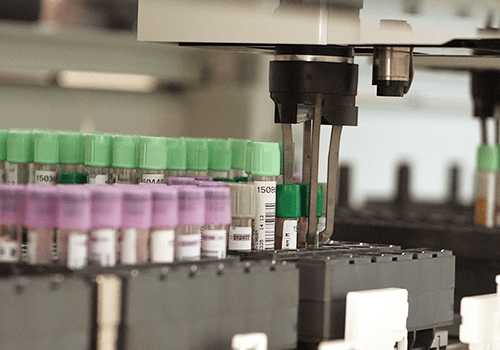Each day, a busy hospital or clinical reference laboratory may process hundreds of specimen tubes of varying weight, sample volume, cap color and more—and every variable can be a potential source of error. Laboratories commonly incorporate manual processing steps into their workflow to help identify those errors before they cause issues which may impact patient care. However, in a future where change is the only constant, laboratories must be empowered to adapt with as little operational burden as possible.
Laboratories seeking to preserve their ability to deliver robust and timely insights well into the future should consider tube-versatile pre- and post-processing sample automation. With a lab automation system that processes samples consistently and simultaneously, a laboratory can enhance their ability to comply with changing patient blood management guidelines, reduce the risk of pre-analytical errors and support growth of test menu and volume.
 English
English


